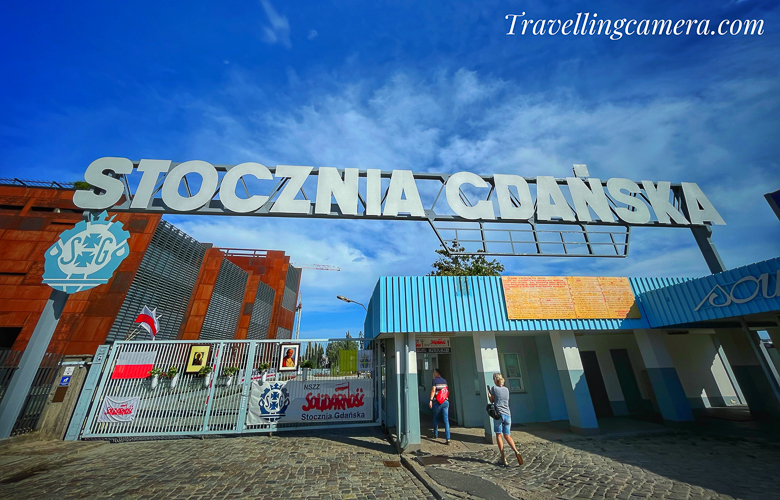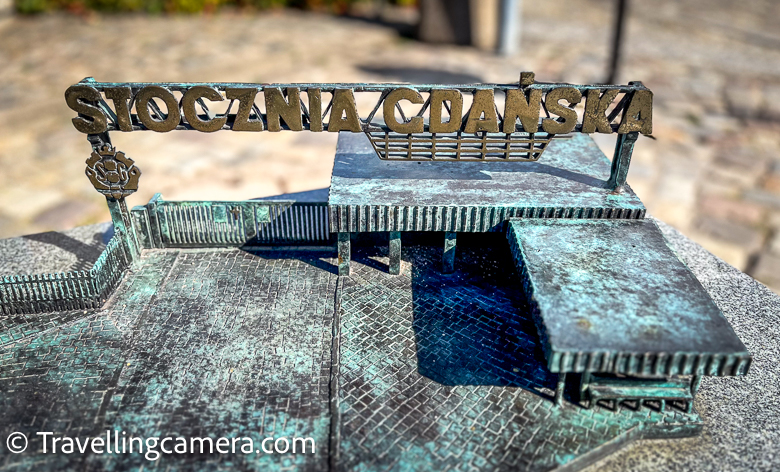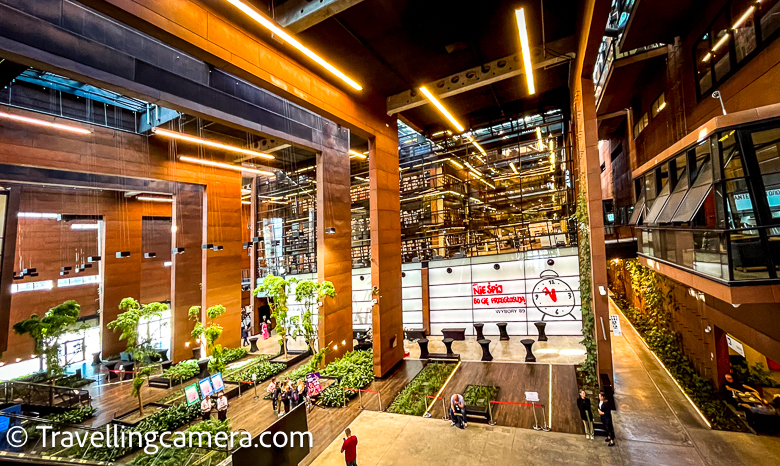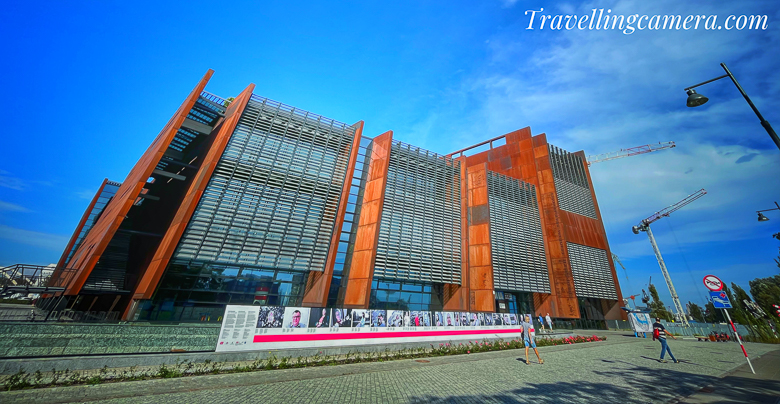In the heart of the picturesque city of Gdańsk, Poland, lies a place that resonates with historical significance, political change, and a legacy of solidarity: Stocznia Gdańska, or the Gdańsk Shipyard. This iconic shipyard played a pivotal role in shaping not only Poland's history but also the world's perception of the struggle for workers' rights and freedom. Join us on a journey through time as we explore the rich tapestry of Stocznia Gdańska.
A Shipyard Steeped in History
Stocznia Gdańska's roots trace back to the 19th century when it was established as a shipbuilding facility. Over the years, it grew in prominence, becoming one of the largest and most significant shipyards in Europe. Its shipbuilding expertise contributed to Poland's maritime industry and played a vital role in the city's economy.
Solidarity Movement and the Fall of Communism
The shipyard gained global attention in the late 20th century for its role in the Solidarity movement, a workers' rights and political movement led by Lech Wałęsa. The shipyard workers' strike in 1980, famously centered in the Gdańsk Shipyard, resulted in the Gdańsk Agreement, which marked the first steps towards political change in Poland.
The Solidarity movement ultimately paved the way for the collapse of communism not only in Poland but also in neighboring countries, leading to the eventual dissolution of the Soviet Union. Stocznia Gdańska became a symbol of courage, hope, and the power of peaceful resistance.
Monument to the Fallen Shipyard Workers
Within the shipyard complex, you'll find the Monument to the Fallen Shipyard Workers, a somber and powerful sculpture that commemorates those who lost their lives during the 1970 protests. The monument stands as a reminder of the sacrifices made in the pursuit of freedom and justice.
A Place of Innovation
While the shipyard's historical significance is undeniable, it is also a place of innovation and progress. Today, Stocznia Gdańska continues to be a hub for shipbuilding, maritime engineering, and industrial projects. It reflects Poland's commitment to technological advancement and its role in the global shipping industry.
Cultural and Educational Center
Stocznia Gdańska has also evolved into a cultural and educational center. It hosts exhibitions, events, and educational programs that celebrate its history and contribute to the cultural vibrancy of Gdańsk.
Stocznia Gdańska is more than a shipyard; it is a symbol of resilience, freedom, and the enduring spirit of those who fought for their rights and the betterment of society. It serves as a testament to the power of solidarity and peaceful resistance in shaping history.
Visiting Stocznia Gdańska allows you to step back in time, to a period when ordinary workers and their indomitable spirit brought about profound political change. It is also a place where the innovation of the future is nurtured, a living embodiment of Gdańsk's commitment to progress and its rich maritime heritage.
Related Blogposts -




























.jpg)
Comments